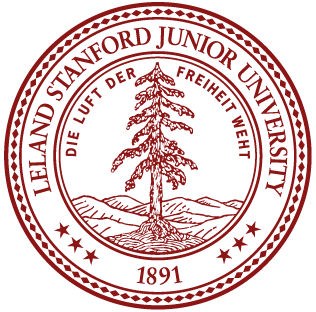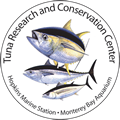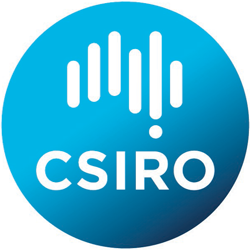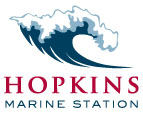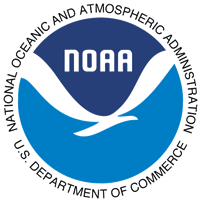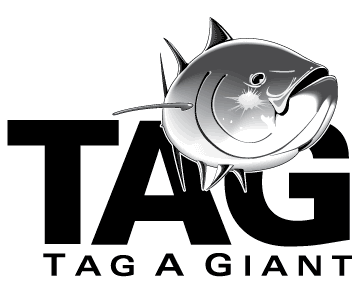Christopher Bridges, Hillel Gordin, Robert Vassallo Agius, Matthew Spagnol, Ellul,
Angus Sharman, Bill Koven, Grethe Rosenlund, Karl Sveinsvoll, Stephan Schulz,
Florian Borutta, Jan Giebichenstein, Dimitra Nousdili, Dubi Helman, Roni Mor,
Patricio Urrutia, Bent Urup and Michele Deflorio
Session 9, Talk 2, 20/1/16 @ 0900 hrs
In numerous domestication projects funded by the European Commission under the DOTT logo, European scientists have been striving to domesticate the Atlantic bluefin tuna since the turn of the century. From initial discussions and symposia over the last 15 years from DOTT, through REPRODOTT, SELFDOTT and finally TRANSDOTT, many of the initial goals have been reached such as spawning in captive brood stocks, “eggs on demand”, and the development of new and innovative techniques for both the monitoring of the broodstock and assessing breeding efficiency and egg collection. Within the hatcheries themselves the introduction of new feeding strategies with both live feed and dry food have enabled some of the previous bottlenecks to be overcome with fish still surviving after 3 years or more. The time is now ripe for commercialisation of a number of activities and global investors have been found who believe that sustainable aquaculture is possible. This is still a long-term process but it is an essential part of an overall strategy for the future of the bluefin tuna in the Mediterranean. Through “full-circle” aquaculture some of the present pressure felt by natural populations can be alleviated and restocking scenarios and “farm to fork” traceability are additional spin-offs from these processes.
Contact: C. Bridges, Professor,Institute for Metabolic Physiology,Heinrich Heine University, and TUNATECH GmbH, Merowingerplatz 1A, 40225, Düsseldorf, Germany, This email address is being protected from spambots. You need JavaScript enabled to view it.
